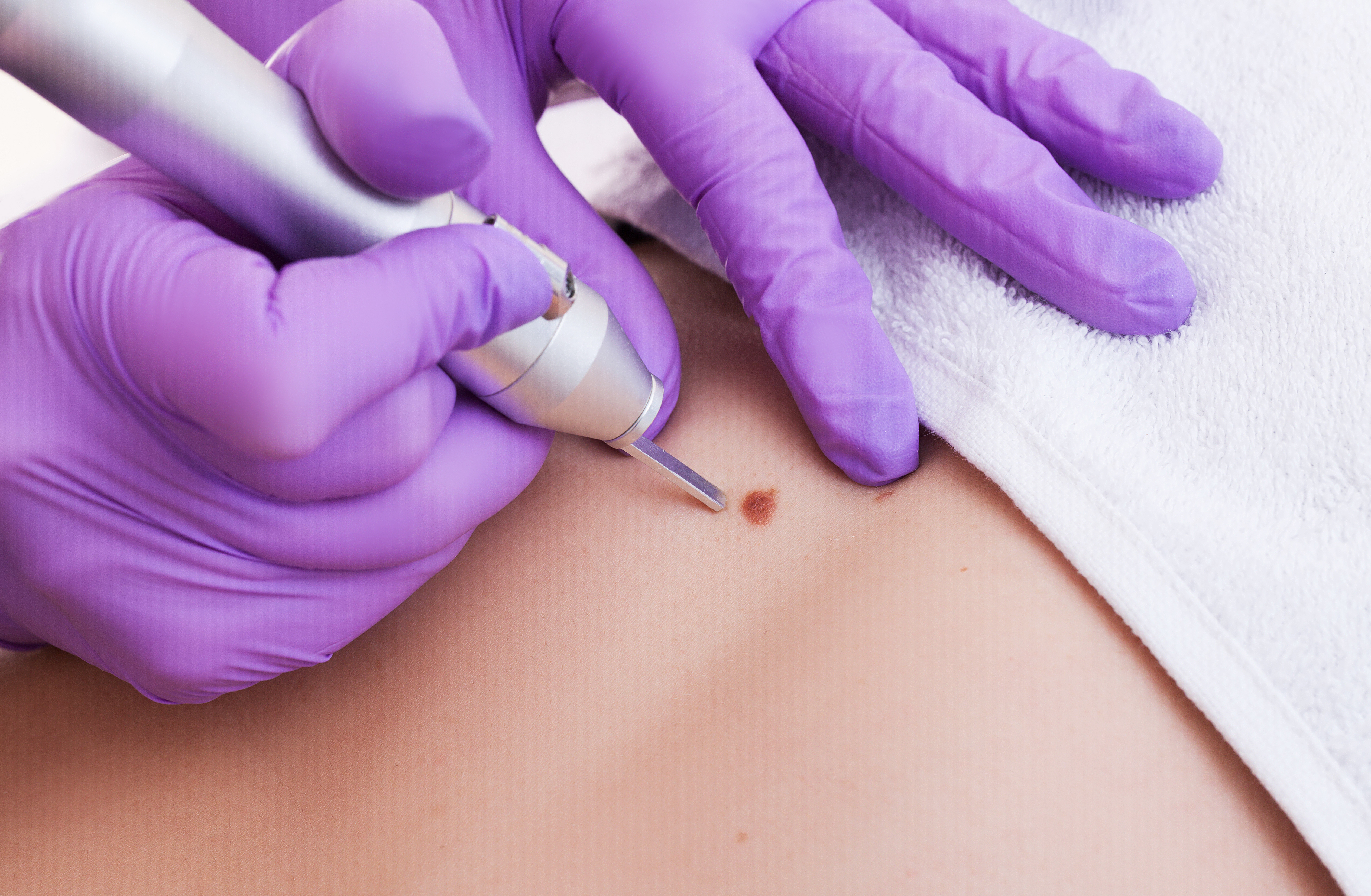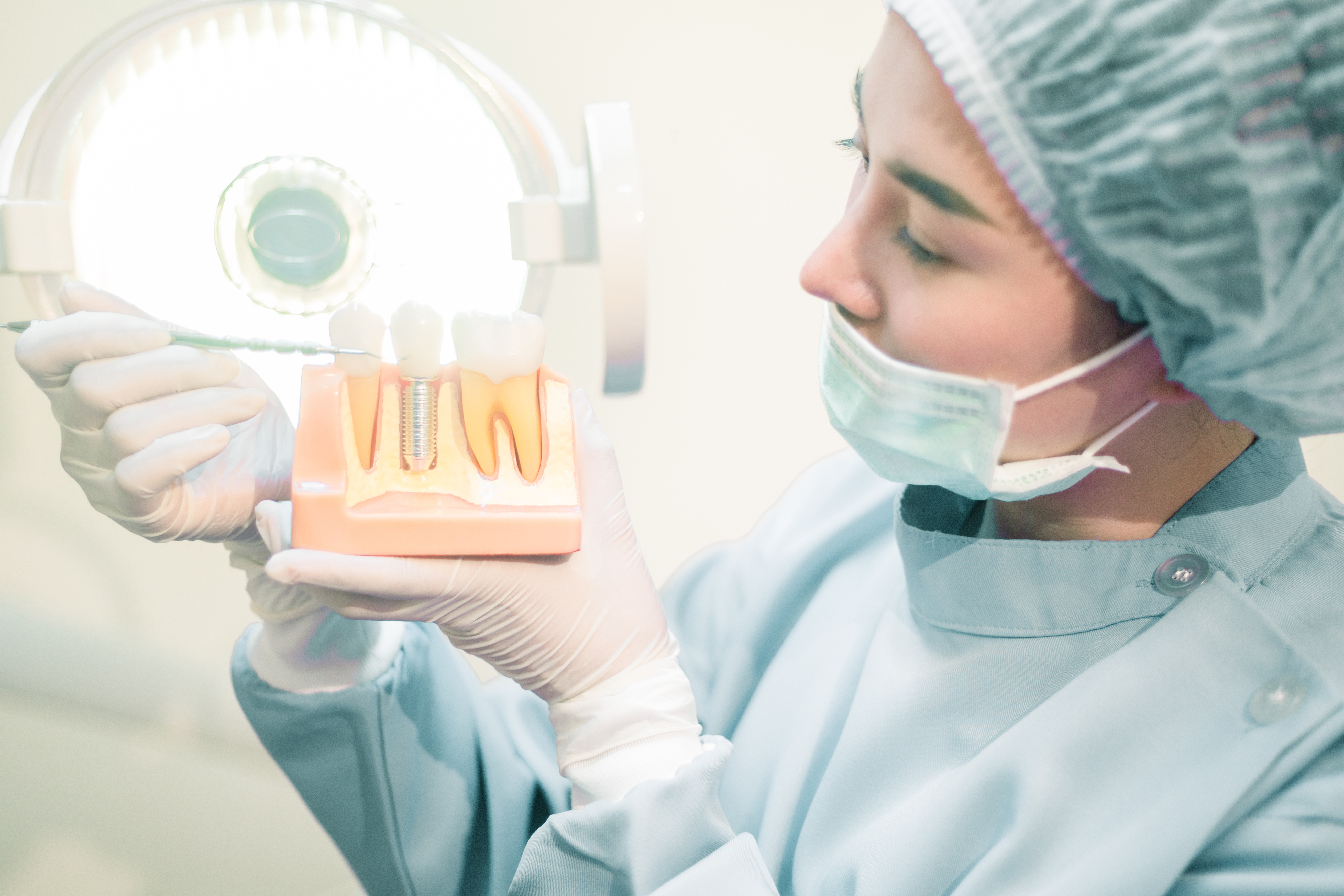
Pinched Nerve Surgery: Surgical Options, Risks, and Cost
Cervical radiculopathy (commonly called a "pinched nerve") should recover within a period of 4 to 6 weeks. If there’s no sign of improvement after a few weeks orto months following nonsurgical management, surgical intervention might be necessary. The type of surgery varies depending on the location of the pinched nerve.
Cervical Radiculopathy Surgical Treatment Options
The main objective of cervical radiculopathy surgery is to alleviate symptoms by decompressing or relieving pressure on the “pinched” nerves.
Surgery for cervical radiculopathy typically includes removing pieces of bone or soft tissue (such as a herniated disk)—or both. This alleviates tension by expanding the area for the nerves to exit the spinal canal.
Three frequently conducted surgical interventions for cervical radiculopathy include:
1. Anterior Cervical Discectomy and Fusion (ACDF)
Anterior cervical discectomy and fusion (ACDF) represents a surgical technique designed to address neck issues by excising a compromised disc. ACDF is occasionally referred to as anterior cervical decompression.
This action aims to diminish the pressure on the spinal cord or nerve roots, effectively reducing pain, weakness, numbness, and sensations of tingling.
This operation comprises two essential steps:
- Anterior Cervical Discectomy: This part of the surgery is conducted through the front side of the neck, targeting the cervical spine. It involves the removal of the problematic disc situated between two vertebrae.
- Fusion: Performed concurrently with the discectomy, the fusion process seeks to fortify the cervical segment. This is achieved by placing a bone graft and/or implants in the space initially occupied by the disc, aiming to enhance the stability and strength of the affected area.
Additionally, ACDF is frequently conducted to eliminate osteophytes, which are bone spurs resulting from arthritis, and to reduce symptoms linked to cervical spinal stenosis.
ACDF stands as the most commonly performed procedure to treat cervical radiculopathy. This technique enables the surgeon to access the area more conveniently, while also offering the patient a smoother and more comfortable procedure.
2. Artificial Disc Replacement (ADR)
This procedure entails the extraction of the deteriorated disk, followed by the insertion of artificial components, akin to the approach in hip or knee replacement surgeries. The objective of disk replacement is to preserve some degree of spinal flexibility and sustain a more natural range of motion.
Similar to the anterior cervical discectomy and fusion (ACDF) procedure, your surgeon will opt for an "anterior" anterior approach or an approach from the front side of the neck, making a 1- to 2-inch incision along the neck fold. The precise location and length of the incision may vary based on individual circumstances.
Throughout the operation, your surgeon will extract the problematic disk and introduce an artificial disk implant into the vacated disk space.
This implant, crafted from either entirely metal or a combination of metal and plastic, is engineered to maintain vertebral motion following the removal of the degenerated disk. Additionally, the implant may aid in restoring vertebral height and widening the passage for nerve roots to exit the spinal canal.
While not a novel technology, artificial disk replacement (ADR) has emerged more recently compared to ACDF. Thus far, the outcomes of ADR surgery are on par with ACDF surgery.
3. Posterior Cervical Laminoforaminotomy
The posterior aspect pertains to the rear section of the body. In this particular medical intervention, a 1- to 2-inch cut is made along the center of the back of the neck. The precise dimensions and placement of the resulting scar can vary depending on individual circumstances.
During the posterior cervical laminoforaminotomy procedure, thea surgeon employs specialized instruments such as a burr to thin out the lamina—the osseous structure forming the posterior boundary of the spinal canal. This thinning facilitates improves thed access to the affected nerve.
Subsequently, the surgeon eliminates bone, bone spurs, and surrounding tissue that exert pressure on the nerve root. If the compression arises from a herniated disk, the surgeon will excise the portion of the disk causing the compression.
In the posterior cervical laminoforaminotomy, specialized tools are utilized to thin the lamina, thus enhancing access to the nerve.
In contrast to ACDF, posterior cervical laminoforaminotomy does not requirenecessitate spinal fusion for spinal stabilization. Consequently, patients retain greater neck mobility and may have fasterexperiencea speedier recovery.
This procedure may be conducted via open surgery, involving a single, larger incision to access the spine, or through a minimally invasive approach utilizing multiple smaller incisions.
The posterior cervical laminoforaminotomy procedure has shown promising outcomes for well-suited patients experiencing foraminal stenosis due to either soft disc prolapse or cervical spondylosis.
Preparation Before Surgery
There are various examinations you might undergo before the doctor decides on the surgical procedure. This is crucial for an accurate diagnosis and appropriate care.
To maximize the effectiveness of your examination, prepare the following:
- Inquire about fasting requirements and suitable clothing for your appointment.
- Document your symptoms in detail.
- List the medications you are currently taking.
- Prepare a list of questions to ask the doctor. Extended discussions often lead to forgetfulness.
- If possible, bring a companion to understand and remember the information conveyed by the doctor.
After a brief interview with the doctor, further examinations may be necessary to determine the need for surgery. These may include:
- Blood tests: To measure blood sugar and thyroid levels.
- Spinal tap: Identifying signs of infection or inflammation by collecting cerebrospinal fluid samples around the spinal cord.
- X-ray: Detects fractures, narrowing, and changes in the alignment of the spinal cord.
- CT Scan: Provides a three-dimensional view of the spine, offering more detailed images than X-rays.
- MRI: Shows whether a pinched nerve results from soft tissue damage or spinal cord issues.
- EMG: Determines if a pinched nerve is caused by spinal cord damage or conditions like diabetes.
- High-resolution Ultrasound: Uses high-frequency waves to produce images for diagnosing nerve compression syndromes like carpal tunnel syndrome.
Recovery Time After Surgery
Recovery time after surgery varies depending on the procedure and individual conditions. Immediately after the operation, you'll be observed for nausea and vomiting, typically residual effects of anesthesia.
Nurses will also check if you can get out of bed and use the toilet unassisted. Once nausea, vomiting, and movement are manageable, the doctor will permit you to return home and continue outpatient care.
In most cases, patients require 3 to 4 months for a complete recovery, resuming regular activities.
No need to worry about difficulties in daily activities, as you can engage in light physical activities shortly after surgery. For instance, you can even drive yourself within a few days of undergoing carpal tunnel syndrome surgery.
Risks of Pinched Nerve Surgery
Before deciding on surgery, it's essential to be aware of potential risks to prepare yourself adequately. Here are potential risks associated with pinched nerve surgery:
- Intense pain after surgery.
- Temporary worsening of pinched nerve symptoms. In extremely rare cases, symptoms may persist for a lifetime.
- Infection.
- Leakage of spinal fluid.
- Hematoma (abnormal blood accumulation outside blood vessels).
However, rest assured that the risk of side effects is generally low. Make sure to consult with your attending doctor about these concerns.
Cost of Pinched Nerve Surgery in Indonesia
In Indonesia, the cost of pinched nerve surgery ranges around IDR 90,000,000. The cost may vary depending on individual patient conditions and the facilities received.
If you're considering this surgery and seeking top-notch facilities, Bali International Hospital could be one of the best options. Besides offering cutting-edge medical technology, the hospital is committed to providing world-class services throughout the entire treatment process.
This ensures you can undergo the entire treatment journey feeling secure and comfortable, as if you were on a healing vacation for both body and soul.
The focus on top-notch technology, facilities, and services is our commitment, believing that holistic wellness is essential for the success of pinched nerve surgery procedures.
Related Articles

Mole surgery is a safe procedure with a relatively high success rate. What preparations are needed ...

Kidney stones (nephrolithiasis) are hard objects formed from chemicals in the kidneys. Once formed, the stone ...

Dental implants can be an excellent solution for replacing damaged or lost adult teeth. Before deciding ...

